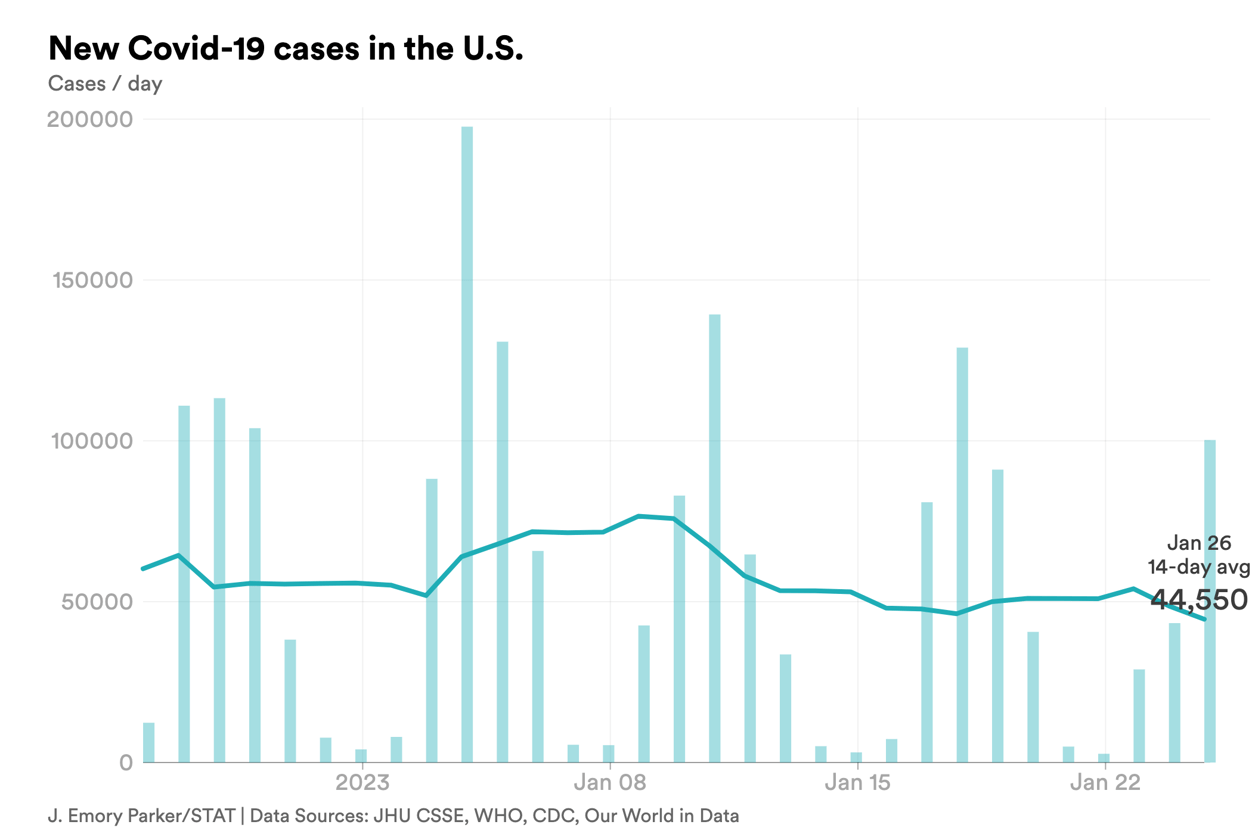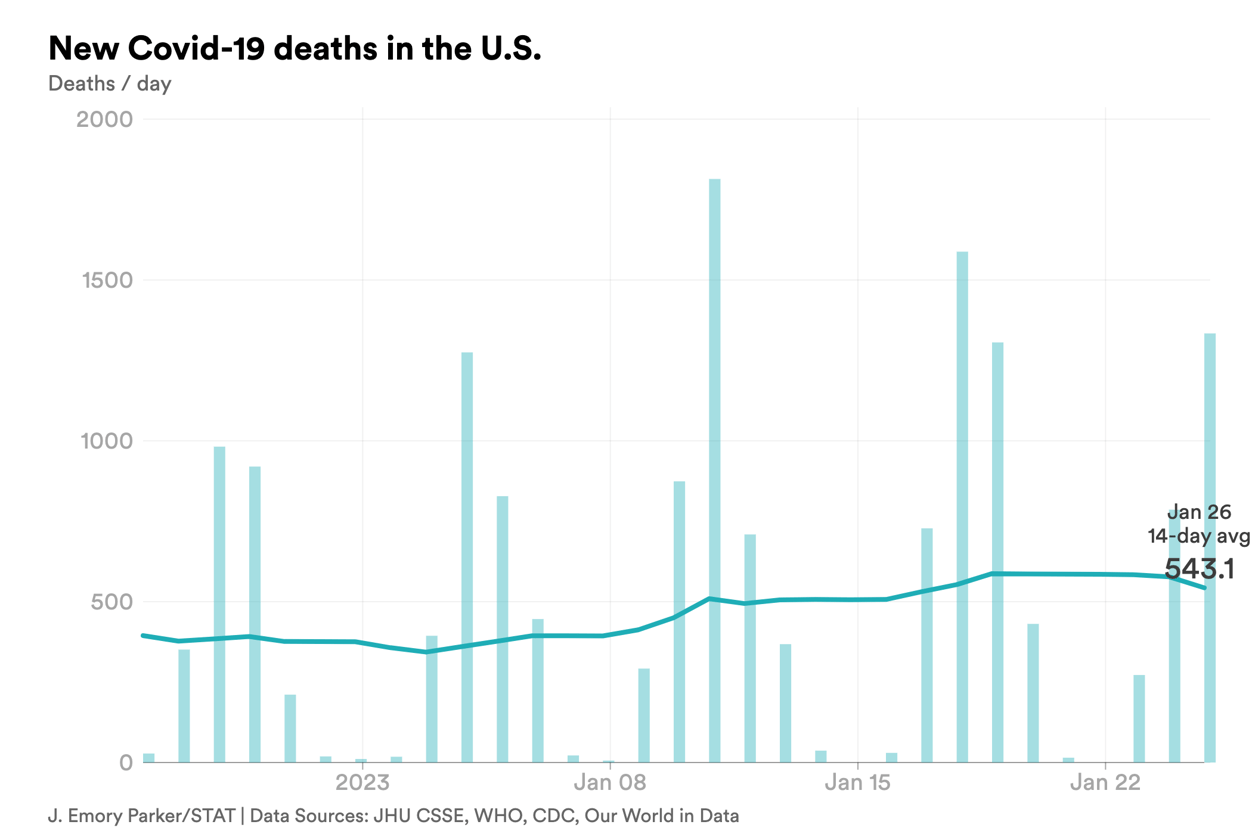closer look
Flavored vapes are against the law in California. It's easy to buy them despite longtime bans

Nicholas Florko/STAT
Sales of flavored vapes are now illegal across California. But STAT's Nicholas Florko had no trouble buying them. Earlier this month he visited 24 shops in Oxnard, Ventura, Pasadena, El Monte, Carson, and West Hollywood, Calif. — all of which have long had local bans on flavored vapes. Seventeen shops sold them anyway. Oxnard is doing better: None of five shops Nick went to did.
Some shops appear to be flouting the law with no repercussions, like two shops in Ventura selling vapes less than a block from City Hall. Enforcement of the new law will primarily be handled by the same local jurisdictions that failed to enforce their own policies, not the state attorney general. "If California doesn't enforce this law against the manufacturers and distributors quickly, then trying to do it store by store [will be] an enforcement nightmare," Matt Myers of the Campaign for Tobacco-Free Kids told Nick. Read more.
pharma
Biosimilar versions of Humira are coming. Here's why we should pay attention
It's a watershed moment for biosimilars, medicines intended to cost less than the biologic treatments they mimic. A parade of these alternatives to the world's best-selling medicine will start rolling out next week when the first biosimilar version of Humira becomes available. Just like the original, it will treat rheumatoid arthritis and other autoimmune disorders. But its arrival will mark the end to a patent thicket created by Humira's maker, AbbVie, to keep its hold on the billions of dollars a year the drug represents.
Historically, hopes had been high for patients and health payers like Medicare to save money by choosing identical variants of many brand-name biologic medicines that deliver the same health outcomes but at a lower cost. That hasn't happened — yet — but the needle is moving in that direction, STAT's Ed Silverman tells us. Read what's involved, from rebates to prescribing patterns to interchangeability.
health inequity
Attention on white 'deaths of despair' overshadows rising Indigenous mortality rates, report says
STAT's Usha Lee McFarling brings this report: A new perspective piece in Lancet is challenging the widespread notion that "deaths of despair" — a steep rise in midlife mortality in recent decades tied to economic hardship in the working class — are a unique phenomenon among white people. The original 2015 study that spawned the term — and many that have followed — compared white populations only to Black and Hispanic populations, leaving out Indigenous people, whose midlife mortality rose three times higher than white people in the original study period, 1999-2013.
Because of higher death rates due to Covid, and even higher rates than white people of deaths due to alcoholic liver disease and overdose, midlife mortality rates among Indigenous people in 2020 were 102.6% higher than those in white populations. Even that stark number is likely an undercount due to misclassification of race on death certificates, the authors note. Calling out the data gap, the authors say the finding that deaths of despair are a uniquely white phenomenon "was only made possible by the erasure of data describing Native American mortality."
by the numbers











No comments